Hundreds of accelerators—intensive, short term programs that speed up the development of early stage ventures to succeed, or fail—have emerged around the world. While the concept began in Silicon Valley, international development funders have seen the model as a way to drive growth in emerging markets as well. And beyond just tech companies, accelerators focus on sectors as diverse as water and sanitation, agriculture, and education.
The Global Accelerator Learning Initiative (GALI), a partnership between the Aspen Network of Development Entrepreneurs, Emory University, and a consortium of funders including USAID, Omidyar Network, The Lemelson Foundation, and the Argidius Foundation, is exploring two big questions. First, how is the accelerator model being adopted and adapted around the world, particularly in emerging markets? And second, how effective are accelerator programs at supporting and growing early stage ventures?
We haven’t yet answered all our questions, but last week we made our data public for you to explore some of these issues with us. The site includes a directory of “verified” accelerators that we have confirmed meet a clear definition, results from a survey of accelerators that dives into how they’re structured, and data on the ventures that applied to accelerator programs including those that were accepted AND rejected.
What’s Different about the Global Accelerator Survey?
Previous studies of accelerators in the US and Europe have typically focused on five specific criteria that define the model. Since GALI takes a global view, we didn’t want to restrict our definition to criteria that may be appropriate in the United States but not in emerging markets.
So first, we investigated public information on more than 400 organizations that we identified as possibly running accelerator programs. If we found that they met at least one of three criteria (being cohort-based, lasting less than 12 months, and culminating in an investor event), then we included them in our sample of organizations to survey.
The survey went out to 320 organizations, with 115 responses. And indeed our sample shows that outside of high income countries, fewer organizations meet the criteria we set: 50% of organizations headquartered in emerging markets compared to 75% of high-income country organizations.
So what are some of the differences we see between emerging market and developed market accelerators?
- Emerging market programs are longer: 27% of high income country accelerators last less than three months compared to just 7% of the emerging market accelerators.
- The pool of applicants is smaller in emerging markets. All accelerators are exclusive. But emerging market based accelerators have a higher acceptance rate: 13% compared to 6%. They also have a lower number of applicants per cohort, median 50 compared to 123.
- Revenue sources are different. Revenue streams are diverse across the board– over 40% of survey respondents report three or more revenue sources. 41% of emerging market based accelerators use philanthropic funding as a major source of revenue, compared to 28% in high income countries. In high-income countries, “investor fees” is the second most common major revenue source (20% versus 7%).
- Focus on fundraising differs. 95% of accelerators headquartered in developed markets offer an investor “demo day,” compared to 86% of those in emerging markets. 73% of developed market accelerators guarantee some direct investment, compared to 64% of emerging market accelerators. The median amount invested by emerging market accelerators was $45,000 compared to $215,000 by those in developed markets.
So What?
We know that context matters. But our survey does not address is how country context affects how good accelerators are at supporting early stage ventures to grow.
To answer that question, the GALI team is diving deep into our data on over 6,000 ventures and interviewing dozens of entrepreneurs and program managers to assess the drivers of performance differences in high income countries and emerging markets. Be on the lookout in the coming months for more!










